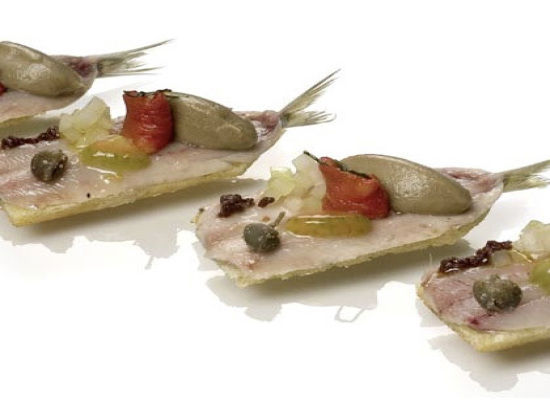A true temple of French cuisine that puts garden produce centre-stage


Alain Passard has cooked at L’Arpège for nearly 30 years. In that time he has achieved living-legend status as one of France’s greatest and most influential chefs, but this giant of Gallic gastronomy has a surprisingly light touch. The cooking at this Parisian superstar revolves around a 2.5 hectare biodynamic garden just outside the city where a team of gardeners grow produce to exacting briefs.
All meals here feature a simple salad named after his head gardener, a tangle of esoteric herbs and leaves dressed with oil, a little Parmesan and chopped hazelnut praline. Such is his dedication to garden produce that a decade or so ago Passard removed red meat from his menu. At the time it represented a controversial though forward-thinking comment about the top-end of the restaurant industry’s obsession with flesh. But carnivores shouldn’t despair, as the Brittany-born chef has now reinstated red meat (if in very small measure) to a menu that also features exceptional game, poultry and seafood options.
The chef, who began his career back in 1971, has a complete grasp of classic French techniques; having worked with some of the nation’s most esteemed chefs in his formative years, including Alain Senderens, from whom Passard purchased L’Arpège in 1986. It is these well-honed skills along with a healthy dose of playful creativity that set him apart from the crowd.
Source: http://www.theworlds50best.com/list/1-50-winners/l-arpege












